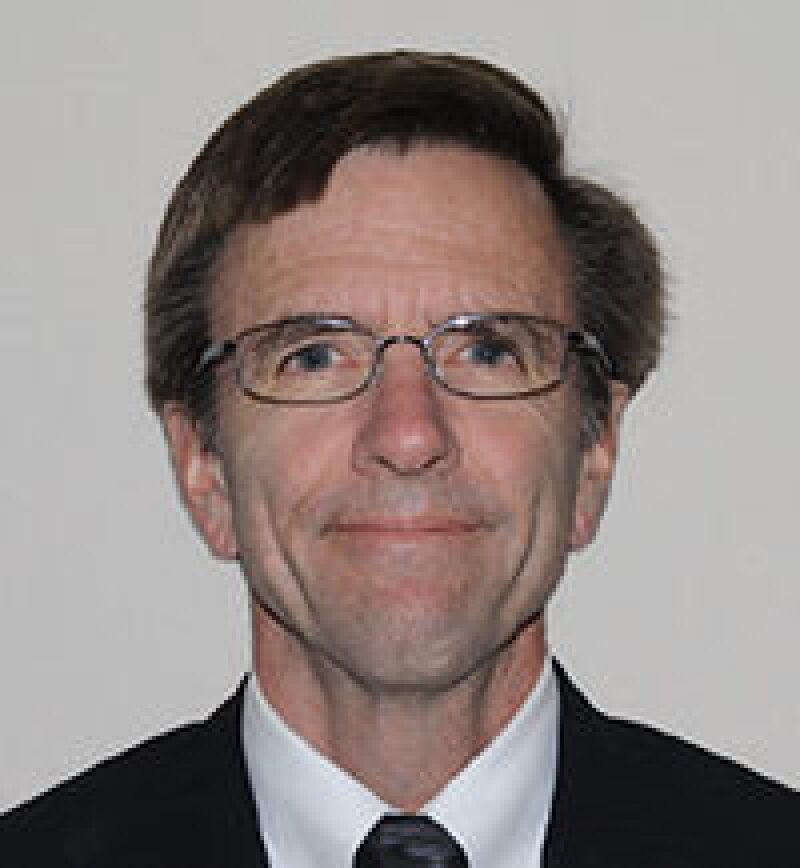Welcome to the Offshore Facilities feature in this month’s JPT. It was my pleasure to go through 169 papers submitted to SPE in this field over the past year and select three for inclusion in this issue as well as three for additional reading. I considered making my selections along a theme, but offshore facilities is a broad category spanning vast engineering interests and challenges. The papers I chose are those I enjoyed reading. The result is a rather eclectic mix.
The first paper provides a high-level look at the design and construction of the Prelude floating liquefied-natural-gas (FLNG) facilities. This is a world-class gasfield-development project taking on significant technical challenges, and the paper touches on technology selection and development, safety-design aspects, and construction activities. The intent of the developer is for Prelude to be the first of many FLNG projects, using a “design one, build many” strategy to leverage learnings and reduce subsequent development time and cost.
The next paper describes the design, construction, and installation of a spar in the Gulf of Mexico, including bulk storage tanks for produced oil, methanol, and diesel and independent tanks for production and subsea chemicals. The design and regulatory requirements are discussed, and lessons learned and recommendations for future projects are supplied.
The final paper discusses the development and testing of an active acoustic automatic leak-detection sonar. The technology makes use of the different acoustic impedance of hydrocarbons compared with the surrounding seawater to detect with a sonar head the partial reflection of the transmitted signal by this interface. The paper describes field trials of the technology in the Gulf of Mexico using a substitute target to simulate an oil release and nitrogen to simulate natural gas.
I hope you enjoy reading these papers as much as I did.
This Month's Technical Papers
FLNG: Applying Advanced Technology To Bring More Natural Gas to Market
Process Support and Marine Systems in a Spar Hull: Innovation Regulation
Implementation of an Acoustic Automatic Leak-Detection Sonar in the Gulf of Mexico
Recommended Additional Reading
SPE 172150 The Use of Multirotor Remotely Operated Aerial Vehicles as a Method of Closely Visually Inspecting Live and Difficult-To-Access Assets on Offshore Platforms by Malcolm Connolly, Cyberhawk Innovations
OTC 25676 Implementing Constructability in Brownfield Projects: A Case Study by Amir G. Salem, SBM Offshore, et al.
OTC 25685 The Risk of Cryogenic-Liquid Release Could Have Been a Show Stopper for the Floating Liquefied-Natural-Gas Market: How Did the Industry Respond? by R. Wade


